PRIDE: Ground-based VLBI observations for Spaceborne Probes
- 1Faculty of Aerospace Engineering, Delft University of Technology, 2629 HS Delft, The Netherlands (v.pallichadath@tudelft.nl)
- 2Joint Institute for VLBI ERIC, PO Box 2, 7990 AA, Dwingeloo, The Netherlands
- 3California Institute of Technology, Pasadena, CA, US
- 4University of Tasmania, Hobart, Australia
- 5Jet Propulsion Laboratory, Pasadena, CA, USA
Introduction
Planetary Radio Interferometry and Doppler Experiment (PRIDE) will exploit the signal recording and processing technology developed originally for Very Long Baseline interferometric (VLBI). The essence of PRIDE is in observing the spacecraft radio signal with a network of Earth-based radio telescopes. The PRIDE technique developed at the Joint Institute for VLBI ERIC (JIVE) together with its partners was used for several experiments with several ESA planetary science missions. It has been chosen by ESA as one of the eleven experiments of the Jupiter Icy Moons Explorer (JUICE), the first Large-class mission in the ESA’s Cosmic Vision 2015–2025 program. The mission is scheduled for launch in 2022.
Figure 1: A typical PRIDE Experiment
1. PRIDE for JUICE Mission
PRIDE is a multidisciplinary component of the JUICE science suite. The main measured deliverables of PRIDE are lateral coordinates L(φ, θ) of spacecraft and the radial velocity of spacecraft. The former (main) measurable of PRIDE requires the phase-referencing VLBI observations (see Duev et al. [1]). The latter employs the Doppler extraction technique described in [7,8]. Its prime deliverable will be used primarily for improvement of the Jovian system ephemerides in support to a variety of applications, ranging from gravimetry to geodynamics to fundamental physics. A typical PRIDE experiment is shown in Figure 1.
PRIDE observations are carried out by the ground segment when the spacecraft emits a radio signal for communication or radio science purposes. The methodology of PRIDE has been demonstrated with the ESA's Venus Express & Mars Express by Duev et al. 2012 [1], Molera Calvés et al. 2014 [2], Duev et al. 2016 [4], Molera Calvés et al. 2017 [8], Bocanegra et al. 2018 [7], Bocanegra et al. 2019 [8]. In addition to nominal science objectivities, the team is considering ad hoc observations around the Venus and Mars flybys during the cruise phase. A covariance analysis for a broad scope of the PRIDE measurable and Jovian system parameters have been performed to optimize the observation planning and the overall science impact of the JUICE mission (Dirkx. D et al. 2016 [4] & Dirkx. D et al. 2017 [5]).
2. Ongoing PRIDE observing projects
In 2020, we have begun a campaign to gather PRIDE tracking data of the InSight lander, with up to three tracking epochs scheduled for each of the three 2020 EVN sessions. The primary goal of these experiments is to serve as a preparatory activity for more intensive operations for ExoMars-LaRa [9].
The primary manner in which PRIDE will be able to contribute to the science objectives of LaRa is through the use of the Doppler data obtained by all receiving stations. As shown by the analysis of Bocanegra et al. 2018 [7], PRIDE Doppler data at X-band is similar, and in some cases, higher quality compared to regular closed-loop tracking data. One advantage of PRIDE lies in its diversity of receiving stations, making the data quality much less dependent on the meteorological or operational conditions at a single telescope.
Figure 2: Frequency detections of Mars Insight (NASA) as seen from the University of Tasmania network of radio telescopes. The spacecraft signal was detected at the sky frequency of 8407.25 MHz and Doppler shift of 50 kHz along 70 minutes of tracking
Besides, we propose to merge the three-way Doppler data generated at each receiving station, to fully exploit the data encoded in all downlinks. This would allow an improved calibration of receiving station noise levels, as the noise incurred locally at the receiving ground station (including Earth tropospheric and ionospheric noise on the downlink) is independent for each station. We will use the InSight tracking data to test different practical approached to achieving this conceptual aim, and apply these ‘lessons learned’ to ExoMars-LaRa data analysis. In particular, we will apply the InSight tracking data to investigate different manners in which to weigh the data, considering the fact that the three-way Doppler noise generated at all receiving stations is highly correlated, and to investigate how inter-station biases and drifts can best be calibrated for. The results of the ongoing PRIDE observations of NASA's InSight probe will be reported elsewhere (Dirkx. D, Le Maistre. S, Dehant. V et al., in preparation).
References
How to cite: Pallichadath, V., Bahamon, T. B., Cimò, G., Dirkx, D., Duev, D., Gurvits, L., Calvés, G. M., and Vermeersen, B.: PRIDE: Ground-based VLBI observations for Spaceborne Probes , Europlanet Science Congress 2020, online, 21 September–9 Oct 2020, EPSC2020-647, https://doi.org/10.5194/epsc2020-647, 2020

